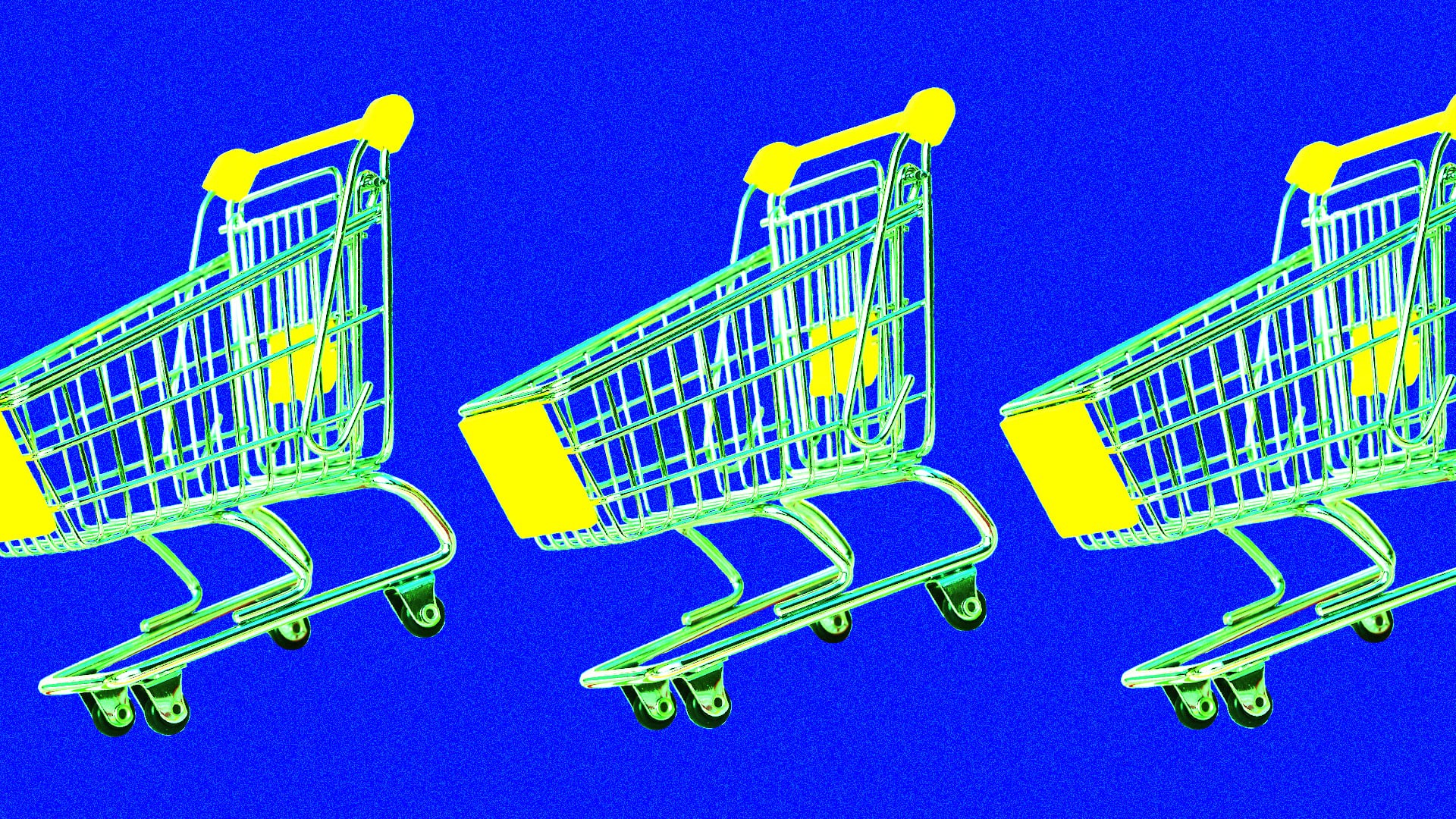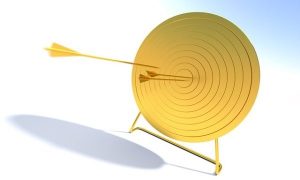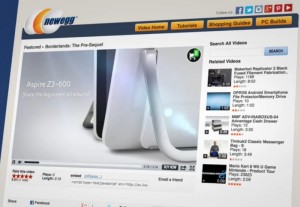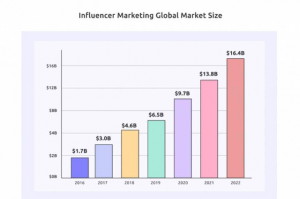Inflation just hit a key milestone. Here’s what that means for your bank account
Don’t expect sky-high grocery prices to come down—but the news could signal financial relief for consumers in other ways.
It’s not just the temperatures that are starting to cool—after about two years of red-hot price increases, inflation has also cooled considerably. And that’s likely to provide some relief very soon for people looking to borrow money for loans or mortgages.
A monthly gauge of inflation, the Consumer Price Index (CPI), rose at a slower-than-expected pace in July. The prices of goods and services increased 2.9% for the 12-month period, according to the data released Wednesday by the Bureau of Labor Statistics (BLS).
Of note, this is the first time since March 2021 that the annual inflation rate has been below 3%.
The July CPI report is yet another indication that inflation is headed in the right direction, and that Federal Reserve policymakers should feel comfortable cutting interest rates in September as is widely expected, Brian Jacobsen, chief economist at Annex Wealth Management, tells Fast Company.
“The CPI report shows that the beast of inflation has been mostly contained,” says Jacobsen.
What does this mean for consumers?
Beginning in March 2022, the Federal Reserve ratcheted up a key interest rate—the federal funds rate—to tame inflation that eventually reached a 40-year high. With inflation now below 3% on an annual basis, that could be “pretty important psychologically” for consumers, though less so for central bankers who monitor a broader array of inflation measures, Jacobsen notes.
The disconnect between how the Fed thinks about inflation versus the broader public is always a tricky dynamic to make sense of, and particularly as inflation has become a buzzword ahead of the November presidential election. The pain of rising inflation is often easier to identify than the relief consumers feel when it starts to cool.
Lower inflation doesn’t necessarily mean that prices are going down, but rather that they’re not rising so quickly anymore, Jacobsen explains: “Prices are still not down to the level that people remember when they look back, say, four years ago.”
That said, the CPI report confirmed one of Jacobsen’s anecdotal observations—that airline fares have come down recently, one of several categories where prices fell between June and July. Other categories that experienced monthly price declines are used cars and trucks, medical care, and apparel.
A return to normal
An inflation reading below 3% is a return to a norm of sorts. In the past 40 years, the 12-month inflation rate has averaged 2.8%. And cooling inflation will trickle through the economy in another notable way: lower borrowing costs.

Central bankers are scheduled to convene in mid-September, when market participants believe a rate cut is all but guaranteed, even though Fed Chair Jerome Powell said last month that slashing interest rates “could be on the table.” An initial rate cut could begin to spell relief for people looking to borrow money, though it will also mean interest rates on savings accounts will go down.
Jacobsen is aligned with the nearly four-fifths of economists surveyed by Bloomberg recently, who predict Fed policymakers will opt for a “standard” 25 basis point rate cut at its September meeting, in lieu of a more aggressive reduction. If they’re correct, that will mark the first rate cut in four-plus years, bringing the rates to a range of 5% to 5.25% from the current range of 5.25% to 5.5%.
The Fed’s every move is closely watched, and just as closely scrutinized. Some people have criticized policymakers for holding off on slashing interest rates, including a group of Democrat senators led by Senator Elizabeth Warren, but such calls to action seem likely to be appeased in about a month’s time.
“Even if they’re late to the party, at least they’re showing up,” Jacobsen says of the Fed’s likely rate cut next month.
ABOUT THE AUTHOR
(4)







